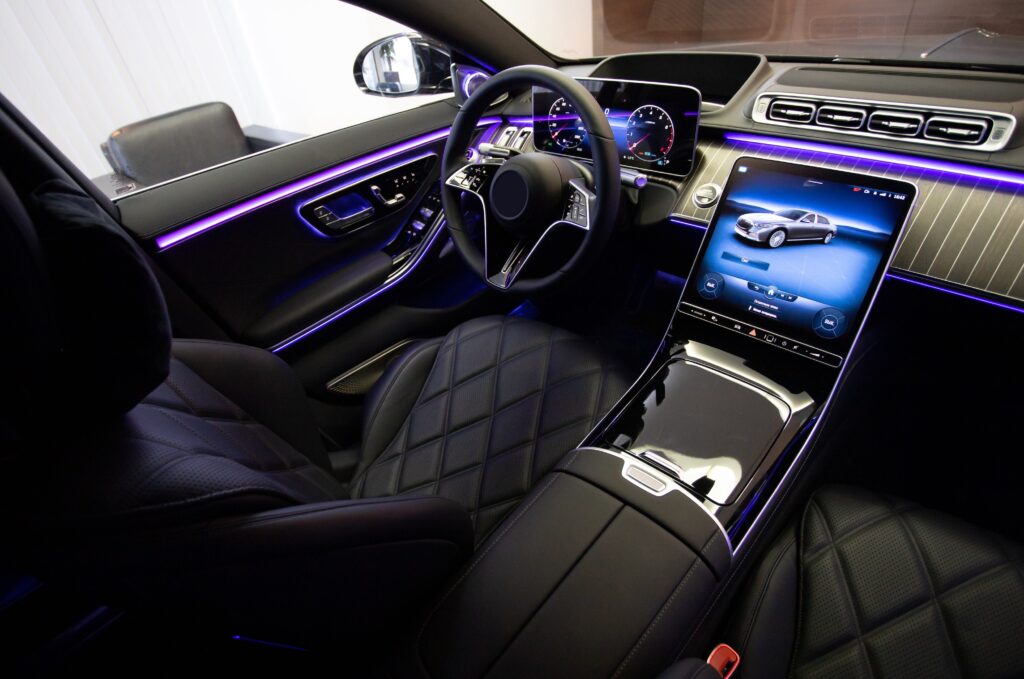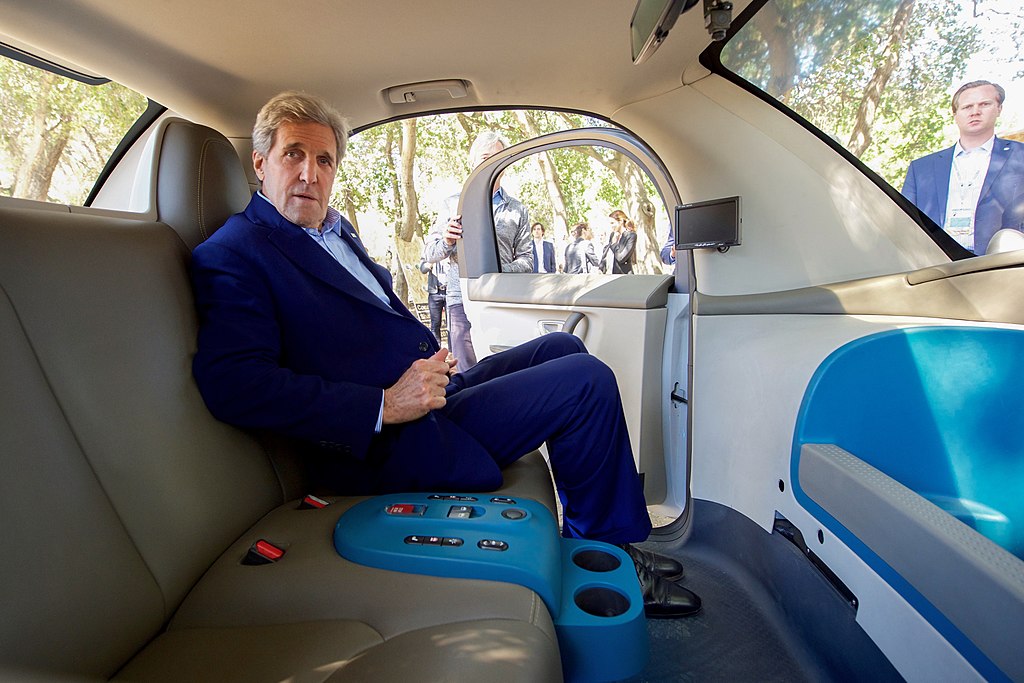Driving any vehicle requires careful attention to the road and an awareness of what’s going on around you. Luckily, technology has provided ways to make driving a little safer. Cameras and sensors, parking and braking assistance, lane changing and steering assistance provide an added layer of security and safety when running errands or when embarking on a long road trip.
Cameras and Sensors
Many new cars and trucks feature rear backup cameras that allow you to see what’s behind your vehicle when backing out of a parking spot or driveway. These cameras also make backing into a parking spot easier to achieve. Surround-view, or 360-degree cameras, help you see objects in blind spots and is useful when parallel parking.
Sensors, such as forward collision warning, blind spot warning, automatic windshield wipers and other sensors that alert you of operational or maintenance issues, can help prevent accidents and costly repairs.
Parking/Braking Assistance
Automatic parking assistance helps you park perpendicularly or parallel park perfectly each and every time by controlling the throttle, steering and braking mechanisms. Depending on the vehicle, some parking assistance systems also help you pull away from a parking spot.
Rear automatic braking and automatic emergency braking systems help prevent accidents by detecting obstacles in front or behind your vehicle.
Lane Changing/Steering Assistance
Lane changing and steering assistance technology help you maneuver through highway and multi-lane traffic safely. Audio or visual alerts let you know if you accidentally drift out of a lane so you can recenter your vehicle.
Automatic emergency steering systems can help prevent collisions by guiding the vehicle to drive around another vehicle or object. Since emergency sensors in the vehicle react faster to impending accidents than most drivers, this technology offers effective protection.
Additional Vehicle Safety Features
In addition to cameras and sensors, parking/braking assistance and lane changing/steering assistance, other vehicle safety features such as adaptive cruise control, rear seat occupant alert, driver drowsiness detection, traffic signal recognition and automatic high beams provide safety and comfort for drivers.
Adaptive cruise control relies on cameras and sensors to automatically adjust a vehicle’s speed to vehicles in front. This means if a vehicle speeds up or slows down, your vehicle will adjust the speed to avoid an accident.
Rear seat occupant alert lets drivers know if they’ve forgotten that child or a pet is in the back seat. This helps prevent unfortunate accidents or injuries to small children, infants and pets.
Driver drowsiness detection relies on cameras that detect head and eye movements to determine if a driver needs to pull over or slow down when sleepy or momentarily inattentive. For long road trips, this safety feature provides a reminder to drivers that it’s time to pull over and rest or it’s time to get something to eat/stretch/etc.
Traffic signal recognition alerts drivers of upcoming stop lights, stop signs and speed limit signs. This technology helps drivers remain alert when driving their vehicles.
Automatic high beams alert drivers of on-coming traffic so they can adjust their high beams accordingly.
Depending on the make and model, most new vehicles have one or more of these safety features. Cameras and sensors placed strategically in and around a vehicle make drivers feel safer and more comfortable when driving.
Most of these safety features can be turned on or off to suit the driver’s preferences. As technology continues to advance, additional safety features will be created to protect drivers and passengers even more effectively. For older drivers, new drivers and those who enjoy long road trips, taking advantage of these safety features help protect vehicles from damage while providing drivers peace of mind.


